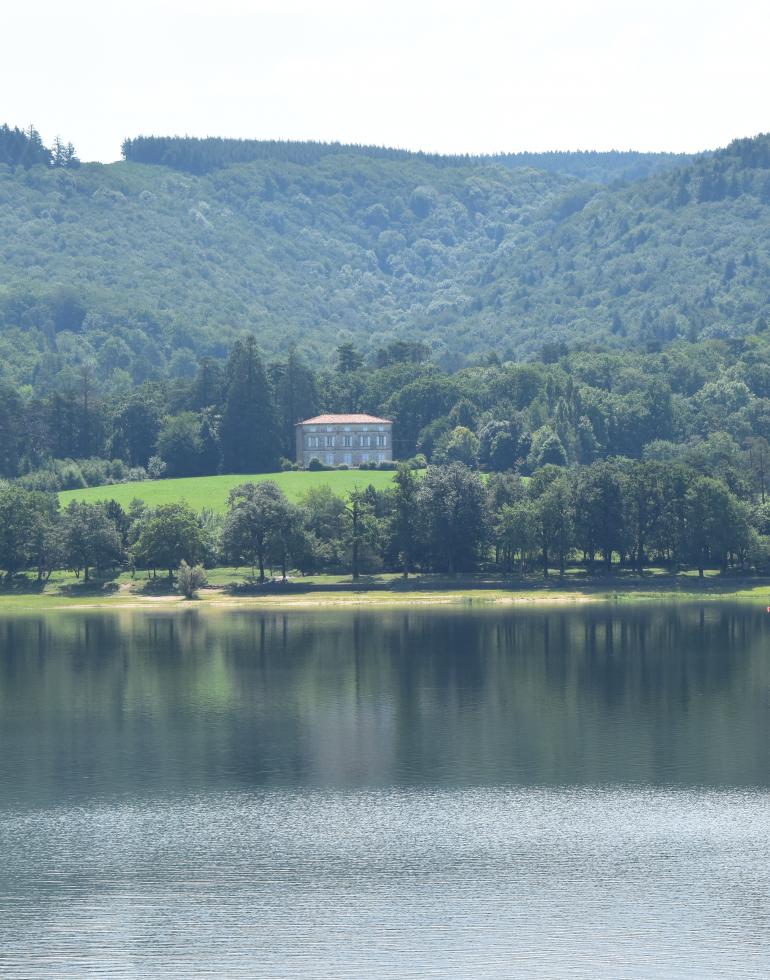Saint-Jammes
A pretty archaeological site
From Sorèze, take the road towards Arfons and climb up through the forests of the Montagne Noire. Shortly before the top, follow the signpost to the site of Saint-Jammes – a magnificent clearing near the road. Here you will discover the foundations of a pre-Romanesque chapel dating from the 11th century, and you cannot miss the splendid beech tree that is around 450 years old.
This site will delight walkers and hikers, lovers of history and archaeology, and nature lovers. The source of the Orival is nearby too, and legend claims that you can find gold in its waters.
The doyen of the site – Fagus Sylvatica
The magnificent spread of its branches will not disappoint you! The trunk is nearly six metres in circumference and the tree’s deep roots anchor it firmly to the ground, allowing it to withstand the winds that blow over the mountain. The surface area shaded by the canopy is nearly ninety metres in circumference.
The chapel of Saint-Jammes
An archaeological site
Why the strange spelling? ‘Jammes’ is not derived from the English ‘James’, but from the Occitan word for ‘Jacques’. This chapel to Saint-Jacques was built on land belonging to the Abbey of Sorèze, and it was the monks of the abbey that officiated when services were held here.
Saint-Jammes was a rural parish that served numerous hamlets and farms in the mountain. From surviving records, we learn that it was used for christenings, marriages and deaths. A small cemetery adjoined the chapel, and the whole site was abandoned towards the end of the 18th century.
Gradually buried beneath the debris of nature, the chapel was excavated by archaeologists in 1950, and then again from 2005-08. It consists of a single nave separated by a small choir. The roof was covered in slate. The graves and perimeter wall of the cemetery were also explored.
The chapel was founded in the late 11th or early 12th century at a time when Saint-Jacques was widely revered. It may also have been used by pilgrims travelling on one of the routes to Saint-Jacques-de-Compostelle in Spain.
